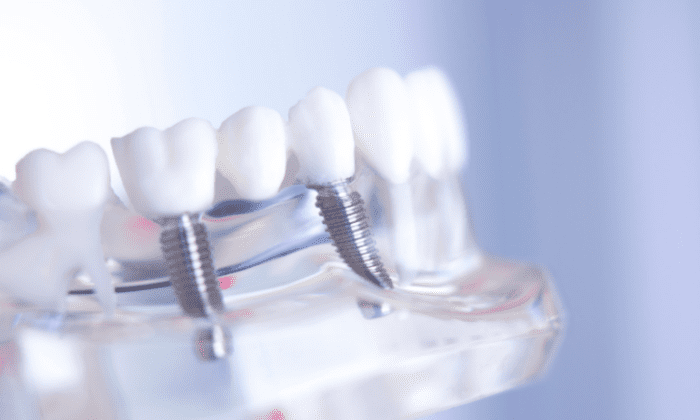Dental bridges serve as a common and effective solution for missing teeth. They could restore both function and aesthetics to a patient’s smile. Understanding the various types of dental bridges can aid in making informed decisions. Each type caters to different needs and situations.

Traditional Dental Bridges
Traditional dental bridges are the most widely used type. They consist of one or more pontics, which are artificial teeth. These pontics fill the gap left by missing teeth. Traditional bridges rely on crowns placed on adjacent teeth for support. Dentists cement these crowns onto the abutment teeth, providing stability and durability. This method often works well for patients with healthy teeth on both sides of the gap. Traditional bridges offer strong support and a natural appearance, closely mimicking the look of natural teeth.
However, traditional bridges require the removal of enamel from the abutment teeth. This process can lead to increased sensitivity and other potential issues. The preparation of abutment teeth is irreversible, which is a significant consideration. Patients must weigh the benefits of a traditional bridge against the potential drawbacks. Despite these considerations, traditional bridges remain a popular choice due to their effectiveness and reliability.
Cantilever Dental Bridges
Cantilever bridges are another option for replacing missing teeth. Unlike traditional bridges, cantilever bridges require only one abutment tooth for support. Dentists use them when only one side of the gap has a healthy tooth. This could make them suitable for specific situations where traditional bridges are not feasible. Cantilever bridges are less common today due to their limitations.
Maryland Bonded Bridges
Maryland bonded bridges offer a more conservative approach to tooth replacement. They use a metal or porcelain framework to support the pontic. This framework bonds to the back of adjacent teeth using resin cement. One of the main advantages of Maryland bridges is that they preserve the structure of the abutment teeth. This type of bridge requires minimal alteration of natural teeth, which is appealing to many patients.
Implant-Supported Bridges
Implant-supported bridges represent a modern and advanced solution for missing teeth. Unlike traditional or Maryland bridges, they use dental implants instead of crowns or frameworks. These implants act as artificial roots, providing a stable foundation for the bridge. Implant-supported bridges are often ideal for patients missing several teeth in a row. They offer superior support and durability compared to other types of bridges.
One of the key benefits of implant-supported bridges is that they do not rely on adjacent teeth for support. This often preserves the integrity of natural teeth, which is a significant advantage. The process involves the surgical placement of implants into the jawbone. This requires a longer treatment time and a period of healing before the bridge can be placed. Patients need sufficient bone density to support the implants, which is an important consideration.
Despite the longer treatment time, implant-supported bridges could provide a long-term solution for tooth replacement. They offer excellent stability and a natural appearance, making them a preferred choice for many patients. The investment in implant-supported bridges often pays off in terms of durability and functionality.
Choosing the Right Dental Bridge
Choosing the right dental bridge involves several factors. The location of the missing tooth plays a critical role in the decision-making process. The health of surrounding teeth also affects the choice of bridge. Patient preferences and budget are important considerations as well. Dentists assess each situation individually, taking into account the patient’s oral health and lifestyle.
Patients should have an open and thorough discussion with their dentist about all available options. This ensures the best outcome for their specific needs. Regular dental check-ups are essential in maintaining the bridge and ensuring its longevity. Proper oral hygiene practices, such as regular brushing and flossing, are crucial in preserving the health of the bridge and surrounding teeth.
If you have missing teeth, Dr. John Gotwalt and his team are here to help. The offer a range of restorative dentistry options that could restore your bite and improve your smile. Contact their office today to schedule a consultation and learn more.
